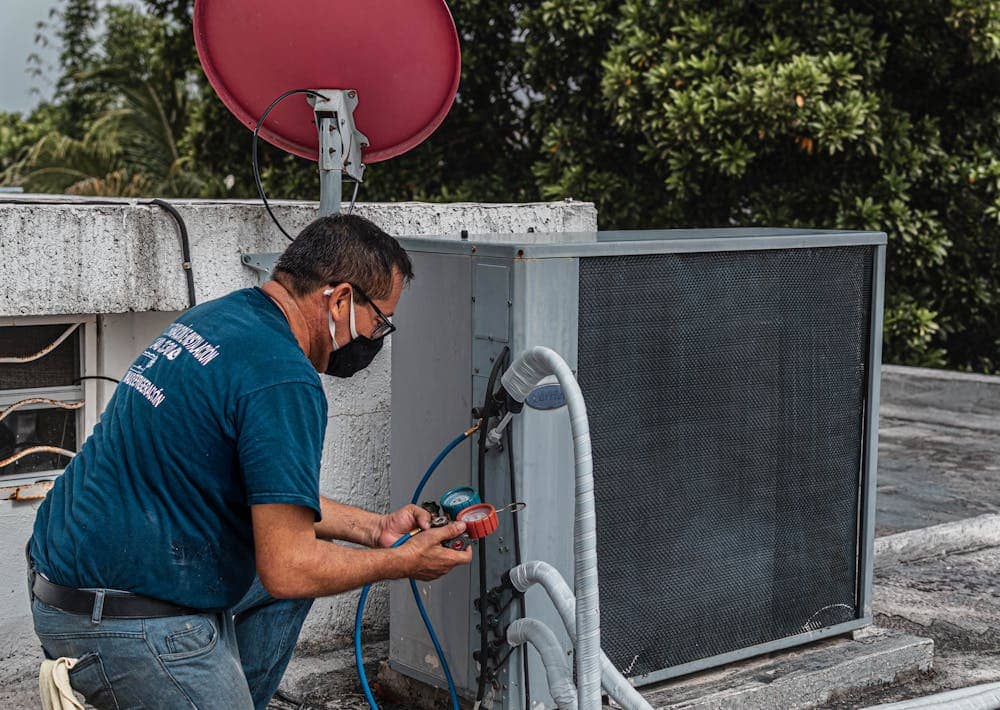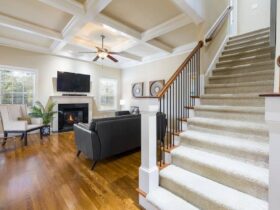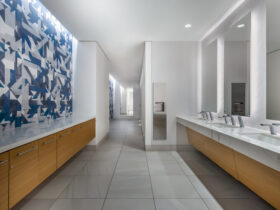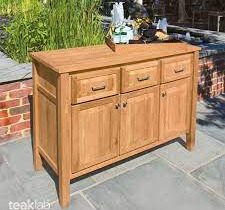Custom cabinets are an excellent way to add a personalized touch to your home. They also increase the value of your property when you sell it. The key is to choose the right cabinet solution for you and your needs. Both custom and premade cabinets offer advantages, but the choice will depend on your budget and personal preference.
Design
Designing custom cabinets is a skill that requires years of experience. A good cabinet designer will be plugged into a knowledge pipeline that keeps them current on product and design trends, allowing them to create a layout perfectly tailored to your space and lifestyle. The style of your cabinetry will greatly impact the look and feel of your kitchen. Choosing a design compatible with your existing countertops or floors can be an important consideration, as well as picking the right materials for your custom cabinets Seattle. Another important design decision is the type of doors. Many styles include a simple square frame or more complex designs with shapes and contours. A framed design offers strength and durability by attaching the cabinet door to the frame, giving it a distinct look. These cabinets can be arranged in various ways and are versatile enough to fit most room sizes.
Cost
The price of bespoke cabinetry might vary greatly. The material, finish, and door styles all affect their final price. Cabinets can be custom-built from various materials, including wood, MDF, or steel. They can be painted, stained, or have a natural finish. Some homeowners may choose stock or semi-custom cabinets as a budget option. They are prefabricated and can be customized with different finishes and accessories, but they tend to take longer and cost more. The price of custom cabinets also varies depending on the type of wood used and the finish you choose. For example, custom cherry cabinets can be expensive due to their high material costs. However, they are one of the most popular choices among homeowners because they have a rich reddish hue that can be stained darker to prevent them from aging unevenly.
Installation
Custom cabinets are made to fit your space, whereas stock cabinets have predetermined measurements. They’re often more expensive than in-stock options but can be a great solution for kitchens with irregular shapes or tricky corners. Before installing custom cabinets, consider the pros and cons. For example, custom cabinets require a longer lead time (typically 10-12 weeks) than stock or semi-custom options. In-stock cabinets are available quickly but sometimes have different styles and design options than custom cabinetry. Installing custom cabinets can be complex, with many moving parts and potentially dangerous tools. Pets and little children should be kept away from active construction zones to safeguard their safety. Once your cabinets are in, they must be leveled, screwed into studs and secured to the wall. It’s not an easy process, but it’s critical to get it right to avoid damaging your walls and counters.
Durability
Custom cabinets are made by skilled craftsmen who use tried-and-true construction methods to build stronger and more durable cabinets than stock cabinets. Artisans also choose the lumber for each project, resulting in better grain matching that makes cabinets look more beautiful and pleasing to the eye. Durable wood species, such as oak and hickory, are excellent for long-lasting kitchen cabinets. These woods are strong enough to resist scratches, dents, and moisture, which means your cabinets will last for decades. On the other hand, softer woods, such as cherry, are less dense and more susceptible to damage. However, these hardwoods are still a durable choice for cabinet doors. They are also lighter, making them easier to carry when moving your cabinets from one room to another. They can be painted or stained to match your cabinets’ design. They are also highly resistant to warping and shrinking.















